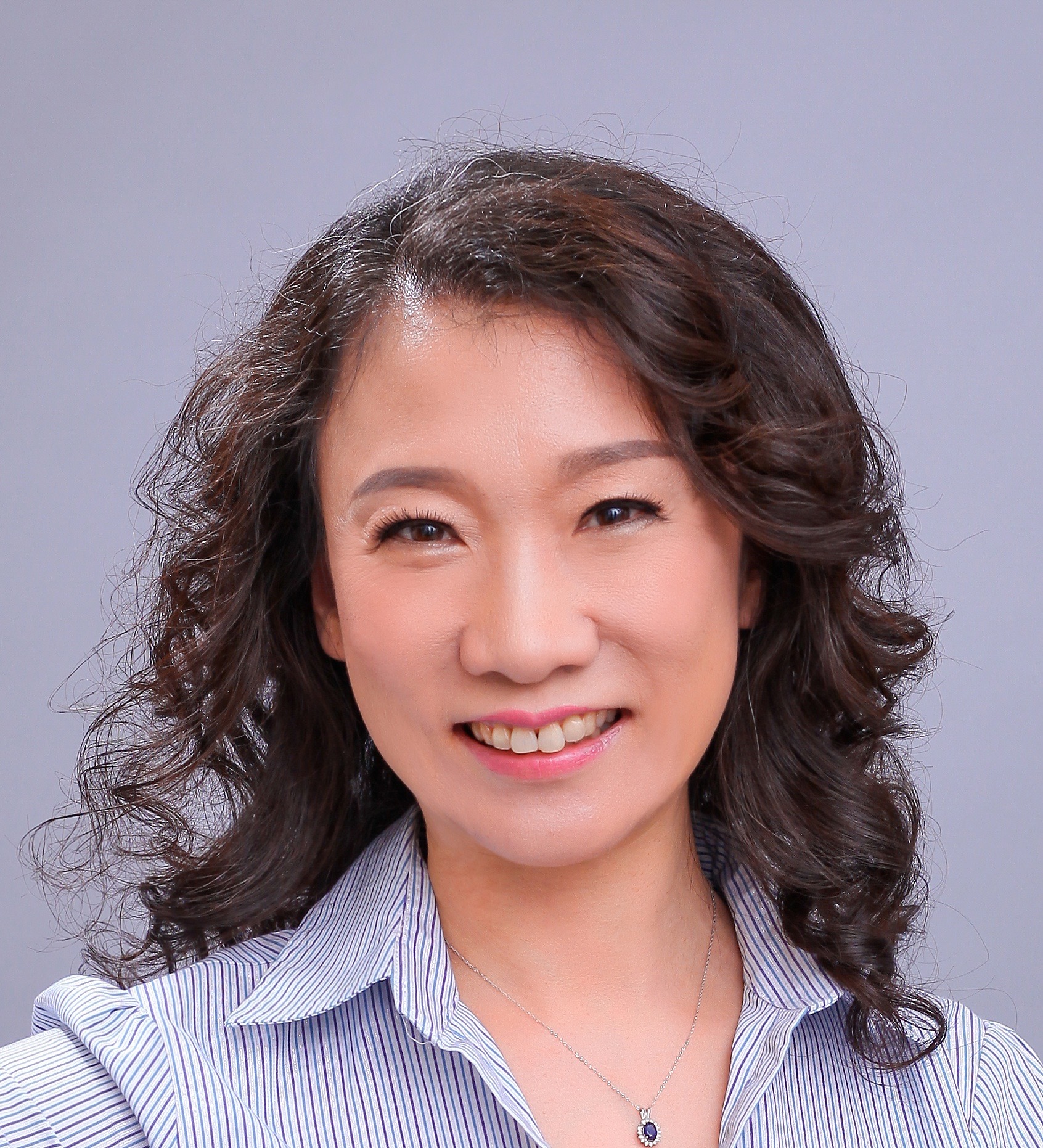
Hao Wu, Ph.D.
The Wu laboratory of “structural immunology” focuses on elucidating the molecular mechanism of signal transduction by immune receptors, especially innate immune receptors.
Research:
The Wu laboratory of “structural immunology” focuses on elucidating the molecular mechanism of signal transduction by immune receptors, especially innate immune receptors. The lab began its studies on the signaling of a classical cytokine produced by the innate immune system, tumor necrosis factor (TNF), which induces diverse cellular responses such as NF-κB activation and cell death. Receptors for TNF belong to the large TNF receptor (TNFR) superfamily. The second pursuit of the lab has been the Toll-like receptor (TLR)/interleukin-1 receptor (IL-1R) superfamily, which induces signaling pathways overlapping with those of the TNFR superfamily. TLRs are transmembrane receptors that sense a discrete collection of molecules of microbial origin in the extracellular space and endosomes and members of IL-1R family are receptors for cytokines IL-1 and IL-18. In recent years, the lab expanded its research to a number of cytosolic pattern recognition receptors that provide intracellular surveillance of infections. Some of these receptors form inflammasomes to control activation of caspase-1, which in turn regulates maturation of the proinflammatory cytokines IL-1 and IL-18 and induces pyroptosis, a rapid inflammatory form of cell death.
In addition, the lab initiated an effort to elucidate the molecular mechanism for the generation of antigen receptor diversity in adaptive immunity. For optimal host defense, jawed vertebrates have evolved the elegant V(D)J recombination to generate a large repertoire of antibody and antigen-receptor genes. The RAG recombinase specifically recognizes and cleaves variable (V), diversity (D) and joining (J) non-contiguous immunoglobulin (Ig) segments in the genome, which then become spliced together by the nonhomologous end joining (NHEJ) DNA repair pathway.
The overall objective of the Wu lab has been to determine how macromolecular interactions direct immune responses using the core approaches of structural biology including X-ray crystallography, cryo-electron microscopy, as well as cellular imaging. These structural studies have modified the traditional view of signal transduction as a string of recruitment and allosteric events. As a recurrent theme, the lab’s research revealed that upon ligand stimulation, many innate immune receptors assemble large oligomeric intracellular signaling complexes, or “signalosomes,” to induce the activation of caspases, kinases and ubiquitin ligases, which leads to cell death, cytokine maturation or expression of gene products for immune and inflammatory responses. The different scaffolds identified by these structural studies provide a molecular foundation for understanding the formation of microscopically visible signaling clusters in cells.
Address:
Center for Life Sciences Bldg, room 3099
3 Blackfan Circle
Boston, MA 02115
Nat Struct Mol Biol
View full abstract on Pubmed
Cell
View full abstract on Pubmed
Mol Cell
View full abstract on Pubmed
Nature
View full abstract on Pubmed
Cell
View full abstract on Pubmed
Science
Cell
View full abstract on Pubmed